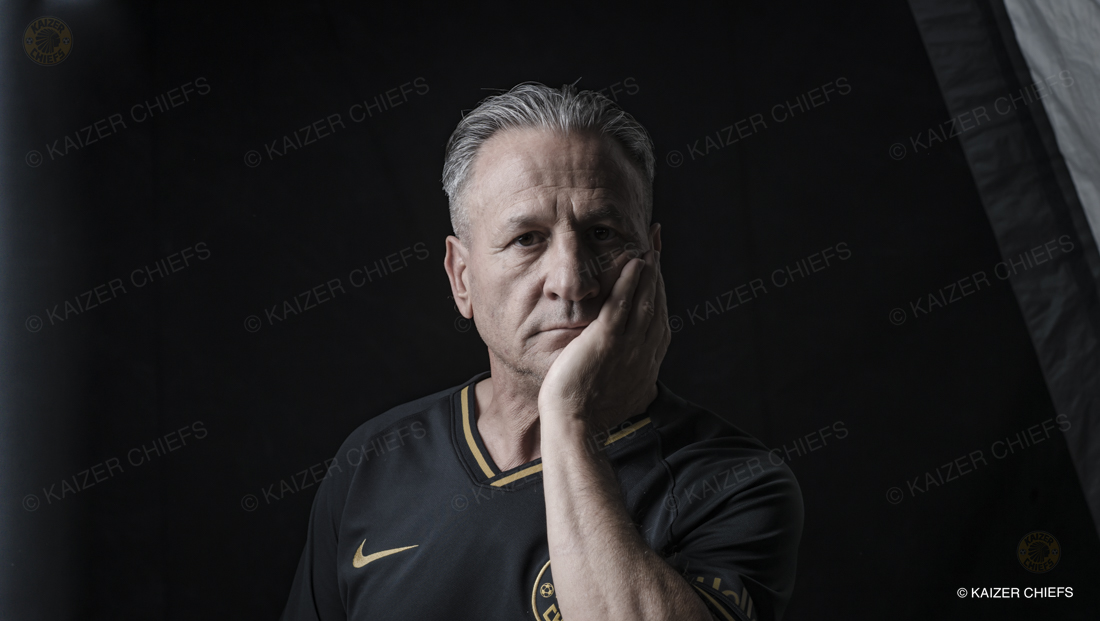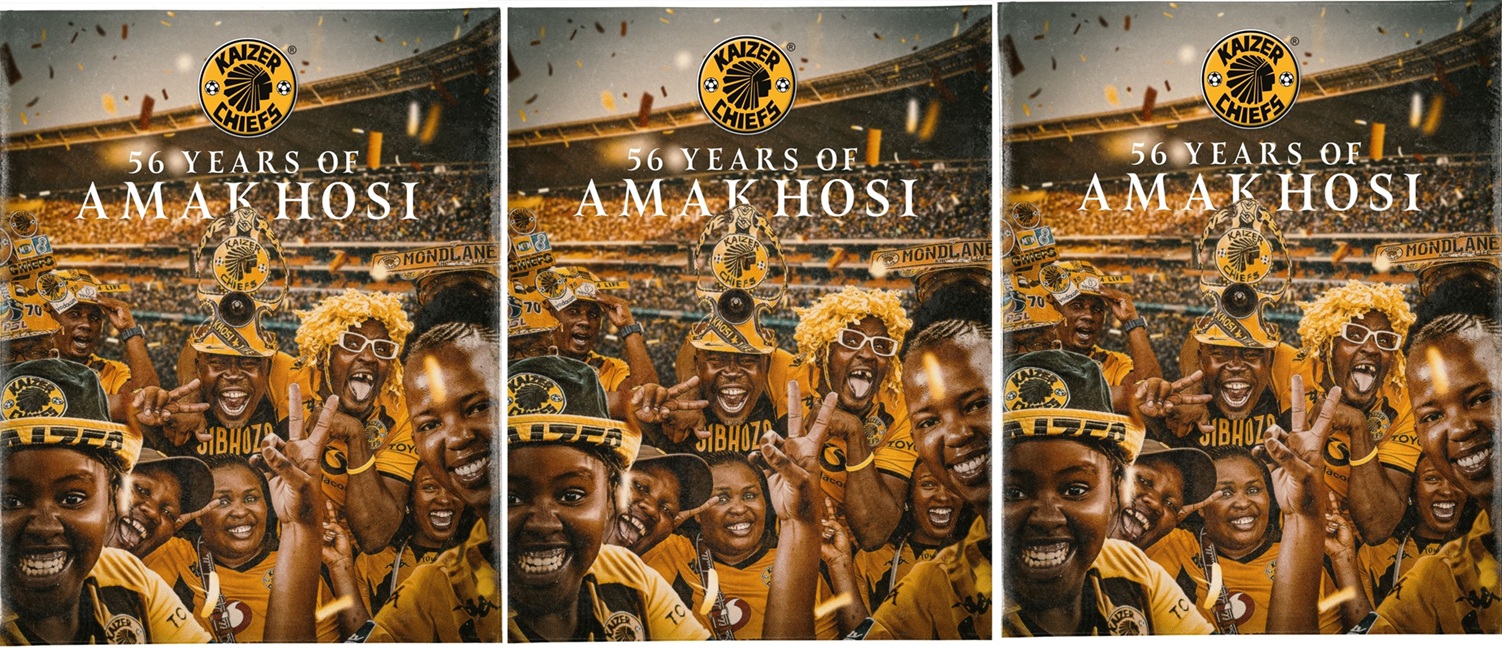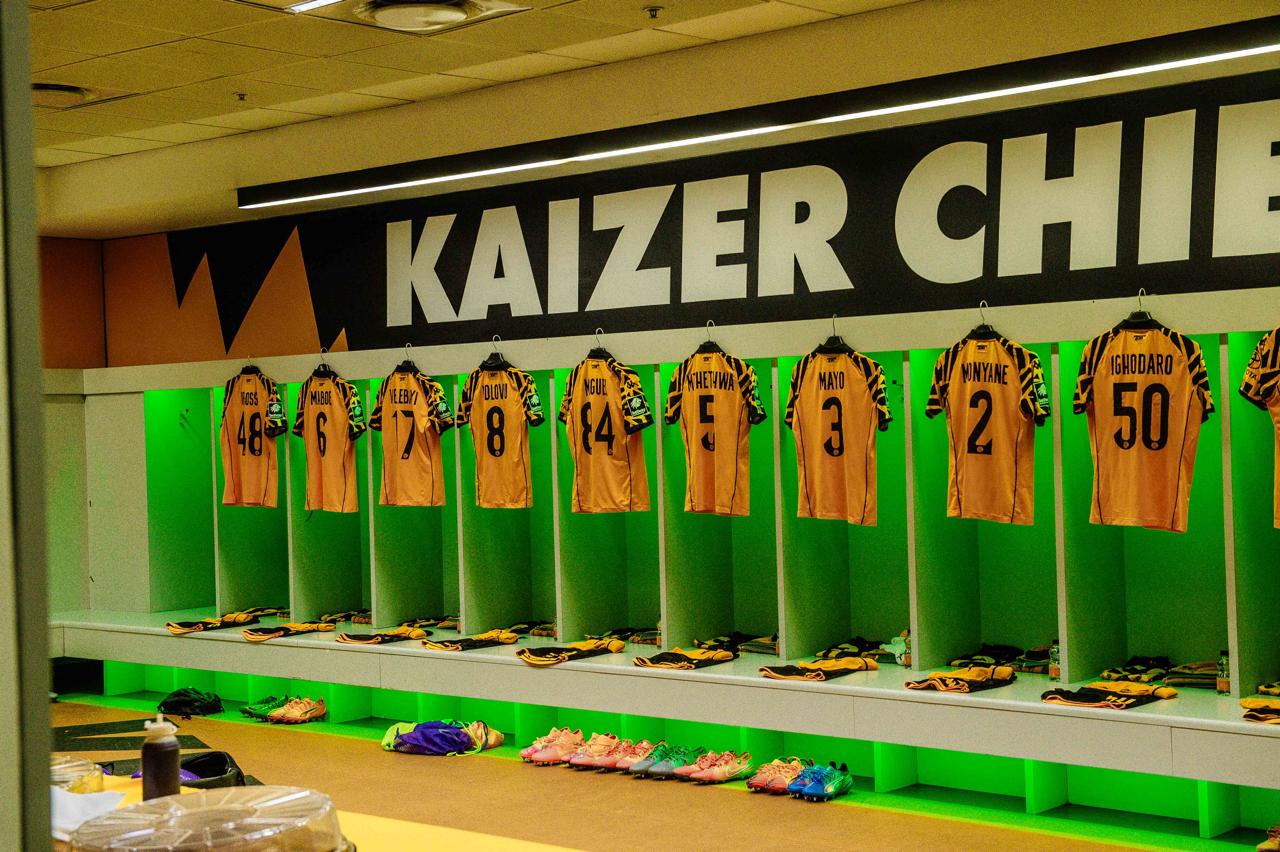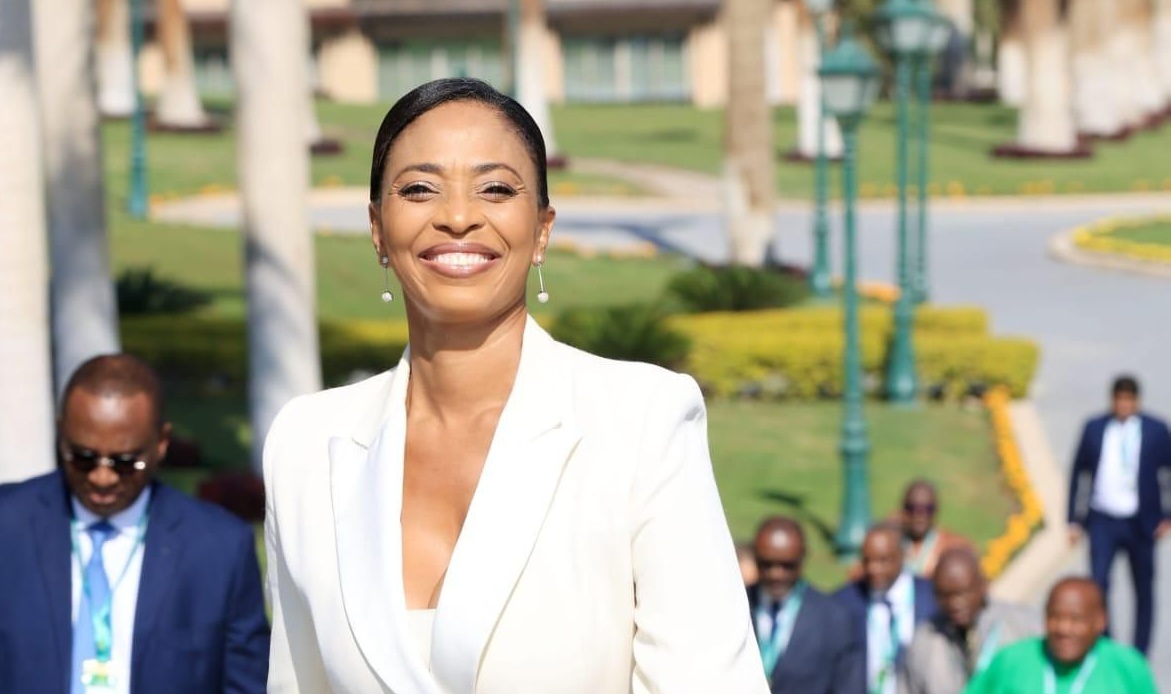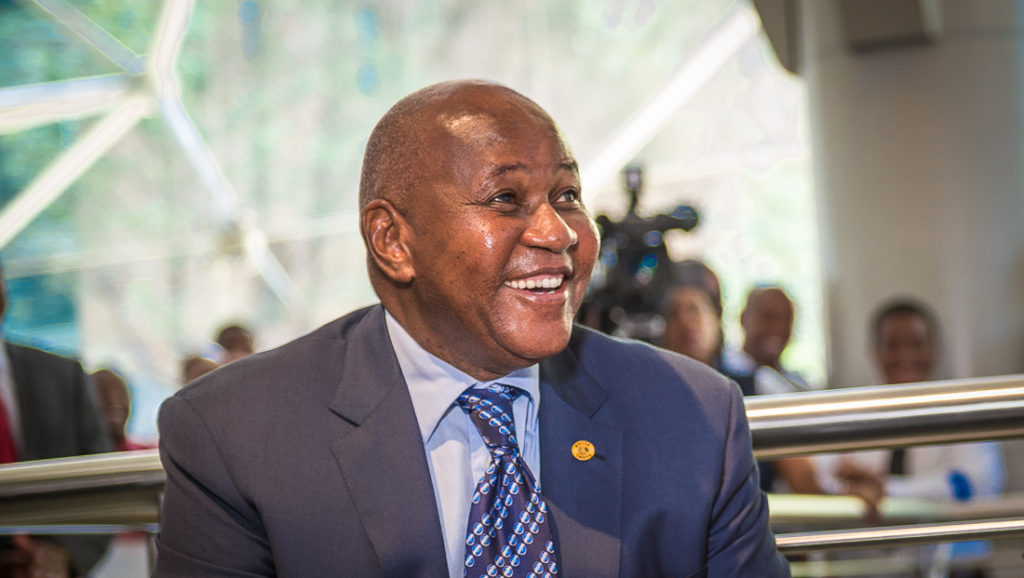Posted in News on Feb 05, 2003.
Before the 2002 World Cup, football was virtually a side issue as the locals went about with their daily business. The changes brought about by the world’s biggest
soccer spectacle though are simply outstanding.
After three days in freezing Seoul in South Korea, our last stop was the World Cup venue Seoul Stadium. Would we find a lifeless and forsaken monument?
No way. Almost seven months after the last ball was kicked in the friendly city of Seoul, the
stadium is still full of life and vibrant - just like the event that is just about to get under way. The sensation and excitement that gripped the country is still fresh in the air.
The South Koreans are as united as ever, all thanks to the World Cup. There is also a
renewed interest in football. “C U @ K-League” was one of the slogans
brandished during the World Cup. This, Vivian says, was to encourage people to support
football beyond the World Cup.
“Your dreams will come true” is another slogan in Korean and our
guide explained that the Korean nation was united in praying for a change of luck in their
national team. “We have never had much success in previous World Cups and this
slogan kept us going,” says Vivian. “Although I think we got more than we
expected.”
As we prepared to bid a sad farewell to the Korean people, our tour guide Vivian (her
English nickname) suggested we stop off at the Seoul Stadium and the visit was well worthwhile. The three of us missed the 2002 World Cup and this was an opportunity to check
the venue where Senegal plotted the downfall of then defending champions France.
Busses and taxis move in and around the stadium to drop and collect people. A group of
children listen attentively as their guide, or teacher, explains to them in detail
what each pictures means. He also tells them about the significance of the World Cup
mascots at the main entrance while another group seizes the moment to take pictures in
front of these images.
Pictures of the South Korean World Cup team are individually placed on the wall of the
stadium detailing their fairytale journey to the semifinals. Guus Hiddink, who will return to
the city in July with PSV Eindhoven, is undoubtedly the hero given the space accorded to
him on the stadium walls.
A look further along the walls reveals a sad picture – dejected and disappointed
Kaizer Chiefs defender Cyril Nzama along with Aaron Mokoena with their shirts off
following the defeat against Spain.
Then on the main entrance South Korean tourists get the opportunity to buy some of the
World Cup memorabilia, including Korean replica shirts and those of other national teams.
As we finally walk into the stadium, I get goose bumps and a sensational feeling I
last experienced when Bafana Bafana won the 1996 African Nations Cup. Not because of the
freezing conditions, mind you, but because it is unbelievable that I am at the same venue that paid
host to the world’s greatest sport.
It’s a modern stadium with all the necessary features and designed especially with
the supporter in mind. In case of rain, the stadium covers about 90 percent of the
supporters. The poles have been taken out and the grass neatly covered with nets to
protect it from snow.
Vivian explains that the stadium is now mostly used as a museum and a tourist attraction. The mountainous terrain around the stadium will also be developed into a modern residential area by 2010.
This was a great way to end our South Korean visit and truly an eye opener following a hectic night out two floors down at the Grand Hyatt.
The long evening started with a sumptuous traditional South Korean dinner - enjoyed in
true South Korean fashion (shoes left at the door and chopsticks instead if forks and knives)
at the South Korean secretary general Kwak Chung Hwan’s house in southern Seoul.
Gimchy (a spicy hot cabbage) is the favourite Korean dish, we are told, and it is the same
meal the South Korean team enjoyed during the World Cup.
As we bid Vivian and Arika, the World Peace King Cup coordinator, farewell at the Incheon
International airport, I am both pleased and sad to leave. Happy to be reunited with my
culture, food in particular, and sad that I did not stay long enough to know more about
Koreans.
More to follow about my unfortunate night out on our first day and my worst experience in
the friendly city of
Seoul.

